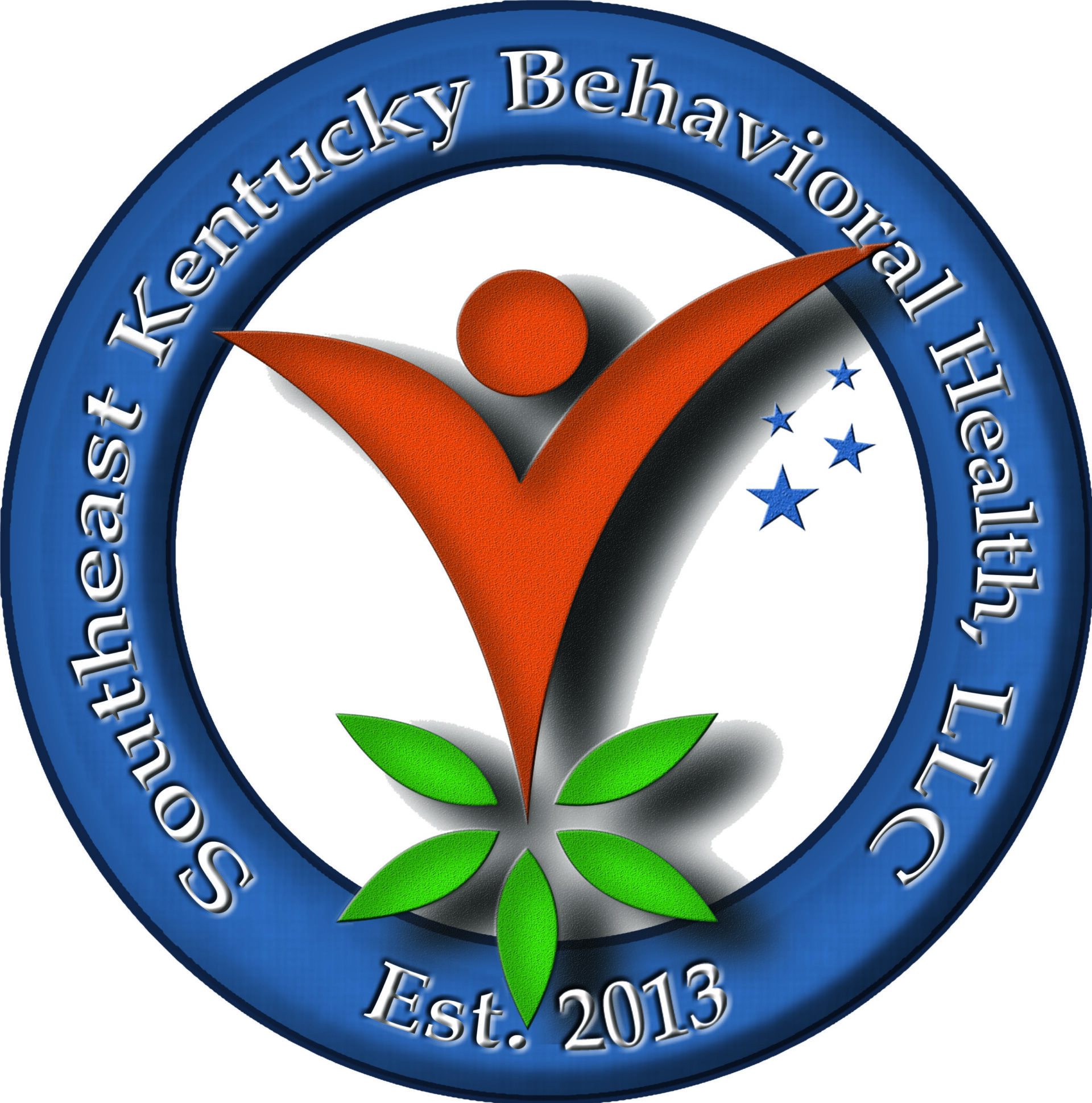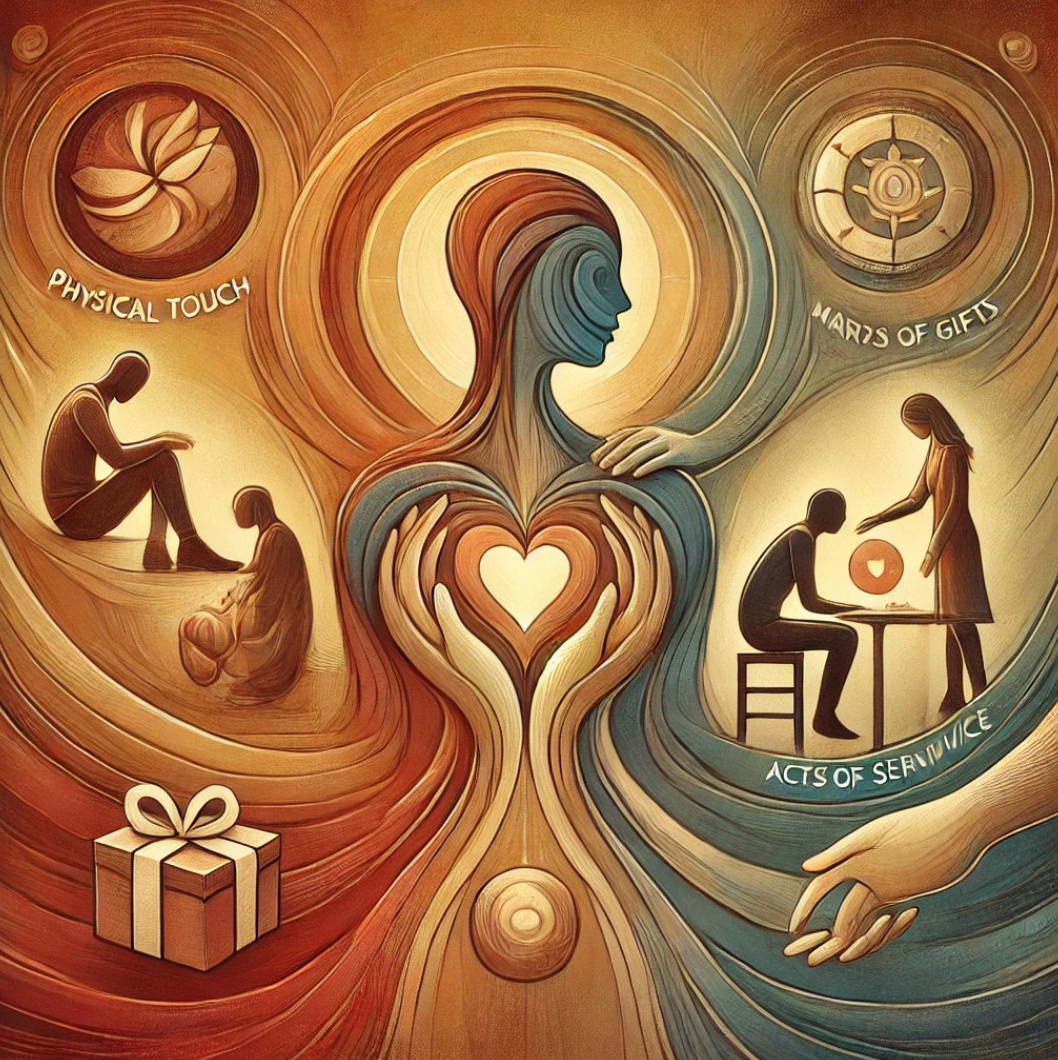The concept of love languages was introduced by Dr. Gary Chapman in his 1992 book “The Five Love Languages: How to Express Heartfelt Commitment to Your Mate.” Chapman’s theory posits that people express and experience love in one of five primary ways: Words of Affirmation, Acts of Service, Receiving Gifts, Quality Time, and Physical Touch. These love languages help individuals and couples better understand each other’s emotional needs. A common question that arises is whether love languages are static or if they can change over time. In fact, research and anecdotal evidence suggest that a person’s love language can shift due to a variety of factors.
Understanding Love Languages
Chapman’s theory emphasizes that every individual has a primary love language—one that resonates the most in making them feel loved and appreciated. However, it’s important to recognize that love languages are not rigid personality traits but dynamic preferences that can evolve. According to Dr. Chapman, love languages are shaped by upbringing, cultural influences, and past experiences, but they are also adaptable as we navigate through life changes.
Can Love Languages Change?
Several factors can lead to shifts in a person’s love language over time:
- Life Transitions and Circumstances
Major life events such as marriage, parenthood, career changes, or even personal crises can lead to a shift in how individuals prioritize love languages. For instance, someone whose primary love language used to be Words of Affirmation may find themselves valuing Acts of Service after becoming a parent. The practical help offered by a partner during stressful periods may feel like the most profound expression of love. Research suggests that significant life events and environmental contexts can shift what people value most in relationships (Neff & Karney, 2009).
- Changes in Relationship Dynamics
As relationships evolve, partners may learn to express love in new ways or find new ways of feeling loved. A study by Horan & Booth-Butterfield (2013) found that partners in long-term relationships tend to adapt their communication styles and emotional expressions over time. In such cases, love languages can shift in response to changing relationship dynamics. For example, a person who previously valued Receiving Gifts may, over time, begin to prioritize Quality Time if the relationship has grown emotionally distant.
- Personal Growth and Emotional Maturity
Emotional and psychological development can also influence a person’s love language. People evolve, and their emotional needs do too. An individual who has gone through therapy, for instance, may become more comfortable with Physical Touch after working through issues related to intimacy. Similarly, someone who has gained confidence or self-assurance might find that they now crave Words of Affirmation less than before. Research on emotional intelligence highlights that as people become more emotionally mature, their ways of connecting with others evolve (Schutte et al., 2001).
Adaptability and Communication in Relationships
It’s essential to note that just because a person’s love language may change doesn’t mean that love languages are irrelevant or overly fluid. The primary purpose of love languages is to enhance communication in relationships, and as such, being attuned to these shifts is crucial. When individuals notice their love language or their partner’s has changed, open communication is key to ensuring that both partners feel supported and loved.
According to Chapman (2010), couples should regularly check in with one another about their emotional needs, as this allows them to adapt and accommodate shifts in love languages. It’s not uncommon for couples to experience a shift in the ways they express love, especially as they mature and face new challenges together.
Conclusion
While a person’s love language may feel like an integral part of their identity, it’s clear that love languages can change over time. Whether influenced by life circumstances, relationship dynamics, or personal growth, individuals may find their emotional needs evolving. This is a natural part of human development. The key to sustaining healthy relationships lies in the ability to recognize and adapt to these changes through ongoing communication and mutual understanding.
This article has been written by John S. Collier, MSW, LCSW. John has over 25 years experience in the Social Work Field. He currently serves as the Executive Director and Provider within Southeast Kentucky Behavioral Health based out of London Kentucky. He may be reached at (606) 657-0532 extension 101 or by email at john@sekybh.com.
References
Chapman, G. (1992). The Five Love Languages: How to Express Heartfelt Commitment to Your Mate. Northfield Publishing.
Chapman, G. (2010). The Five Love Languages: The Secret to Love That Lasts. Northfield Publishing.
Horan, S. M., & Booth-Butterfield, M. (2013). Understanding the Communicative Aspects of Love: Interpersonal Communication in Romantic Relationships. Communication Quarterly, 61(5), 552-567.
Neff, L. A., & Karney, B. R. (2009). Stress and Reappraisal of Marital Interactions. Journal of Personality and Social Psychology, 97(3), 561–576.
Schutte, N. S., Malouff, J. M., Simunek, M., McKenley, J., & Hollander, S. (2001). Characteristic Emotional Intelligence and Emotional Well-Being. Cognition & Emotion, 16(6), 769-785.
Like this:
Like Loading...





